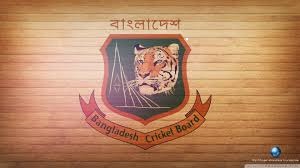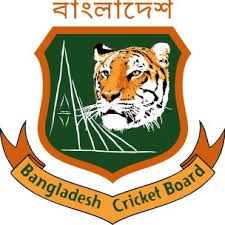Introduction:
It is often referred to as the “Gentlemen’s Game,” is a sport steeped in tradition, strategy, and skill. From its origins in 16th century England to its current status as a global phenomenon, it has evolved significantly over the centuries while retaining its timeless elegance. In this in-depth exploration, we delve into the rich history, the diverse formats, the global appeal, and the future prospects of cricket, celebrating its enduring legacy in the modern world.
Origins and Early Development:
It is roots can be traced back to medieval England, where it was played by shepherds using makeshift equipment in rural areas. Over time, the game evolved into a popular pastime among the aristocracy, with matches organized on village greens and estates. By the 18th century, it had gained widespread popularity, leading to the formulation of formal rules and the establishment of clubs, most notably the Marylebone Cricket Club (MCC).

The Birth of Test Cricket:
The 19th century saw the emergence of Test cricket, the longest and oldest format of the game. The first-ever Test match was played between England and Australia in 1877 at the Melbourne Ground, marking the beginning of a storied rivalry that continues to captivate cricket fans worldwide. Test cricket became the ultimate test of skill, endurance, and mental fortitude, with matches lasting up to five days and showcasing the ebb and flow of the game.
The Rise of Limited-Overs Cricket:
In the latter half of the 20th century, it is witnessed the advent of limited-overs formats, including One-Day Internationals (ODIs) and Twenty20 (T20) game. ODIs, characterized by 50 overs per side, offered a more compact and spectator-friendly version of the game, leading to the inaugural World Cup in 1975. T20 cricket, introduced in the early 2000s, revolutionized the sport with its fast-paced action, big hits, and electrifying atmosphere, culminating in the creation of high-profile domestic leagues such as the Indian Premier League (IPL).
The Globalization of Cricket:
It is popularity transcends geographical boundaries, with a passionate fan base spanning continents. The Internationa Council (ICC) serves as the governing body for the sport, overseeing international competitions and promoting the growth of it is a worldwide. Through initiatives such as development programs, coaching clinics, and global events like the ICC Cricket World Cup, cricket continues to expand its reach and attract new audiences in both traditional and non-traditional cricketing nations.
Iconic Rivalries and Memorable Moments:
Throughout its history, it has been defined by iconic rivalries, historic matches, and unforgettable moments. From the Ashes series between England and Australia to the intense contests between India and Pakistan, it rich tapestry is woven with tales of triumph and adversity. Memorable performances by legendary players such as Sir Don Bradman, Sachin Tendulkar, and Brian Lara have left an indelible mark on the sport, inspiring generations of cricketers and fans alike.
The Evolution of Playing Conditions:
It has witnessed significant advancements in playing conditions, equipment, and technology over the years. Innovations such as protective gear for batsmen, modern stadium facilities, and state-of-the-art broadcasting technology have enhanced the safety, comfort, and entertainment value of the game. Additionally, the introduction of Decision Review System (DRS) and other technological aids has improved the accuracy of umpiring decisions, ensuring fairness and transparency on the field.
Women’s Cricket:
Breaking Barriers and Inspiring Change: Women’s cricket has experienced a renaissance in recent years, with increased visibility, investment, and participation at all levels. The ICC Women’s Cricket World Cup and the Women’s T20 World Cup have become marquee events, showcasing the talent and competitiveness of female cricketers from around the globe. As the women’s game continues to grow in popularity and stature, it serves as a powerful symbol of empowerment, diversity, and inclusion in the sporting world.
Challenges and Opportunities:
Despite its widespread popularity, cricket faces several challenges in the modern era, including issues related to player workload, scheduling conflicts, and the proliferation of domestic T20 leagues. Moreover, the COVID-19 pandemic has presented unprecedented challenges to the cricketing calendar, forcing governing bodies to adapt and innovate in order to ensure the safety and integrity of the sport. However, these challenges also provide opportunities for it to evolve, innovate, and engage with fans in new and exciting ways.
Conclusion:
it is timeless elegance, rich history, and global appeal make it one of the most beloved and enduring sports in the world. From the green fields of England to the bustling stadiums of India, cricket continues to captivate hearts and minds, transcending boundaries of culture, language, and nationality. As the sport evolves and adapts to the demands of the modern world, its essence remains unchanged – a celebration of skill, camaraderie, and the spirit of competition. Whether played on pristine Test grounds or under the glare of floodlights in a T20 extravaganza, it endures as a symbol of unity, passion, and the enduring power of sport


